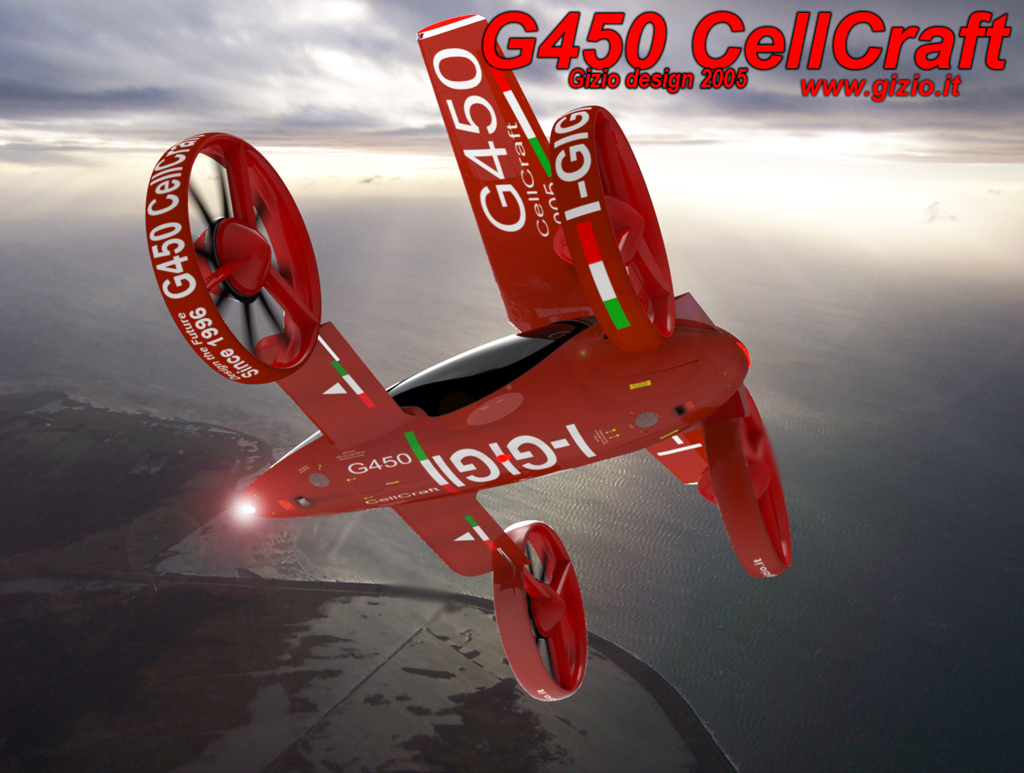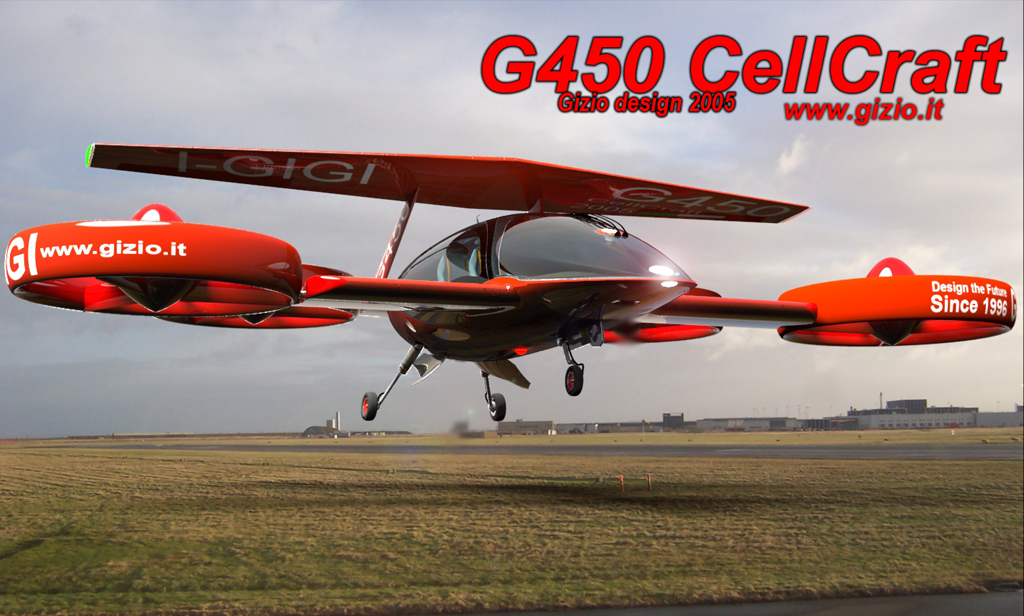Emergency Prodecures Emergency
procedures for this type of aircrafts (CELL-CRAFT©)
could be a relatively complex argument if explained in every single
detail, but before starting with a clear analysis, let's make
a brief description about what happened on a conventional aircraft,
how emergency procedures works on both an airplane and a helicopter.
A
fixed wing aircraft’s pilot in order to get safe down on
the ground, have to keep some basic parameters in a defined range:
maintaining a right speed and a right descending angle
since the aircraft hasn’t engine power anymore;
shortly flying like a glider. Taking advantage of the front wind,
wherever it is; moving the aircraft straight into improving aerodynamic
efficiency. In few words pilot must avoid dangerous stall tendency
of the aircraft that would make it fall down lift-less, sinking
like an autumn leave. |
 |
Assume
your helicopter has a full engine failure, as soon the engine run
out pilot will start a sort of steep descend, to mantain a good
and safe rotor RPM keeping constantly the nose into the
wind, with an appropriate angle on the horizon while scanning looking
for a good spot under the skid. As soon the aircraft get relatively
close to the ground pilot start a maneuver called flare in order
to slow down the speed of the rotorcraft and the sinking rate, (and
if a lucky guy) once the aircraft reached a certain altitude from
the ground, pilot will first take cyclic backward to reduce the
speed dramatically, then finally rising the collective up spending
all the kinetic energy still present on the rotor mass, in order
to make a soft touch down on the ground. As well as for his fixed
wing colleague, helicopter’s pilot need a good spot
or terrain below and most of all be a good experienced
pilot to make a safe and succesful emergency landing. If all these
conditions are favorable there is a good chance to get safe on the
ground with no severe consequences for the crew and the aircraft. |
 |
As
a former helicopter pilot I used to say (about autorotation),
that making a such maneuver is like to open a parachute very close
to the ground to get a good, and chirurgical safe landing on the
feet. Helicopters can also be effected by engine failure everywhere
at any time, but since they fly very close to the ground and their
speed is relatively low, they usually land pretty close to the
point of failure, having a very short time of action in emergency
condition. Every
aircraft involved in a power failure must point the nose in to
the wind; through the air-flow to increase aerodynamic lift expecially
along the approaching path until the landing occurred. CELL
CRAFT is designed instead to have more chances
compared to conventional aircraft because it takes the advantage
of both the airplane and helicopter. The
pack is made of a special powerful battery, and a special series
of electrolytic compensators. The aircraft then can fly by the
power of the battery (ELBU)for an average time between 7
and 12 minutes at 100% available power.
Since emergency landing would take more than a maximum timing
range of 4-5 minutes, the energy available to
land would be pretty much affordable. Therefore the CellCraft is capable to land safe on the ground taking the advantage of the ELBU (Emergency Landing Battery Unit) according to the emergency procedure strictly followed by the pilot in a such circumstance. |